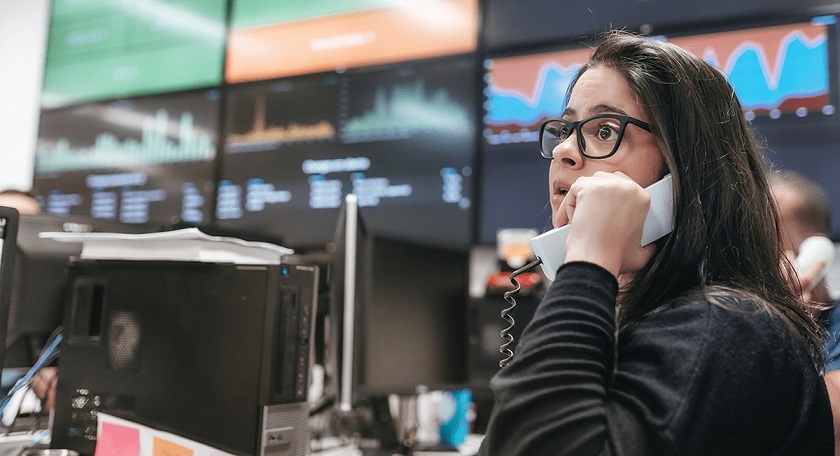According to a recent crypto trading industry report (2021 Q3) released by Token Insight, over $52 trillion in derivatives contracts were traded in the first three quarters of 2021, nearly 36% more than spot trading volumes.
Crypto derivatives trading has been heating up in recent years as investors have shown a strong appetite for leveraged asymmetric crypto trades.
With trillions of dollars traded every month, crypto derivatives transactions provide deep liquidity for the market. Featuring leverage and the flexibility to long or short a particular asset, derivatives trading requires less capital and enables investors to profit from price movements in either direction.
In addition to price speculation, crypto derivatives trading can also be used to protect against unexpected risks and volatility, making them also useful for longer-term investors and crypto miners.

1. Wide variety of derivatives products
The first rule of thumb is to get on a derivatives trading platform that offers the widest possible choice of products, which saves you the hassle of splitting your trades across multiple platforms.
It’s also instrumental to look at the margin asset underpinning the contracts. USDT-margined contracts use stablecoin Tether (USDT) as the margin asset; users can trade multiple contracts without needing to purchase the underlying assets. When you trade USDT-margined futures, the profits are calculated in USDT, making it easier to benchmark and calculate profits. Coin-margined contracts use the underlying assets as the margin asset and the profits are calculated in that asset; therefore, you can make more money if the price of the underlying asset rises.
You can also select futures or swaps to trade, based on your personal preferences. USDT- and coin-margined swaps have no delivery dates, allowing you to close positions at any time, as long as no liquidation occurs. USDT- and coin-margined futures offer Weekly, Bi-weekly, and Quarterly expirations, but the benefit is that they do not charge any funding fees, making them cheaper to trade versus swaps, which use funding fees to anchor spot prices.
2. Strong liquidity
Liquidity generally refers to the ease with which an asset can be exchanged for cash without affecting the price of that asset. When evaluating an exchange for liquidity, trading volume is one of the main factors that professional traders will look at, in case they need to quickly get in or out of a large position.
3. Risk control
Effective risk control serves to protect your interests as an investor, minimizing the risk of liquidation, in addition to providing an optimal trading experience.
What is the three-phase liquidation mechanism and how does it protect users’ positions? A liquidation occurs when the margin ratio is less than or equal to 0%, meaning that their positions have to be liquidated.
Assuming a liquidation is triggered when the adjustment factor of a user is greater than tier 1 (in an isolated margin mode):
- In the 1st phase, the system will help users cancel all open orders of the asset, which triggers the liquidation;
- In the 2nd phase, some of the long and short positions of the asset will be netted out to ensure that the margin ratio is greater than 0;
- In the 3rd phase, if the margin ratio is still less than 0, the system will close and reduce the positions to the maximum amount of the next lower tier to make the margin ratio greater than 0.
The positions would only be completely liquidated if the margin ratio is still less than 0 after the tier of the adjustment factor decreases to 1.
4. Transaction fees and VIP programs
Transaction fees eat into your profits, so shopping around for platforms that offer competitive pricing can pay off. Apart from preferential rates, VIP programs can offer other benefits such as higher API rate limits and larger position limits, and should be part of your consideration when choosing a platform.
5. Ease of use
When you’re making multiple trades on a platform, any user-friendly service that saves you time and offers a better trading experience is worthy of consideration. When you do run into issues, it helps to have ready access to 24/7 customer service instead of having to wait to speak to a support staff.
Leave a Reply